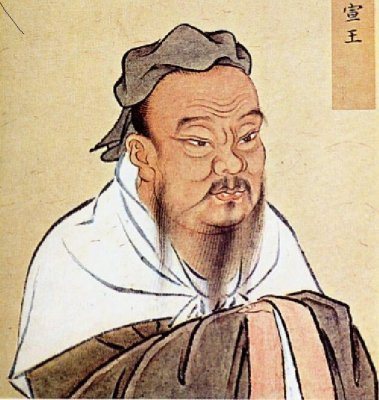Qing Dynasty Religion
 During the period of the Chinese Qing Dynasty, which lasted from 1644 to the end of imperial China in 1912, Confucianism was the dominant and officially sanctioned religion. All emperors adopted this religion and visited sacred altars to make sacrifices.
During the period of the Chinese Qing Dynasty, which lasted from 1644 to the end of imperial China in 1912, Confucianism was the dominant and officially sanctioned religion. All emperors adopted this religion and visited sacred altars to make sacrifices.
Sacrifices and Tolerance
The most important of these included sacrifices to Heaven at Beijing's Altar of Heaven. Other sacrifices were made to the Earth and to the ancestors of the new emperor. Confucius himself became the object of great veneration with the majority of the structures contained in his home court of Qufu dating from the Qing period. However, several other religions existed and were tolerated to a greater or lesser degree.
Three Main Religions
In addition to the main Qing Dynasty religion of Confucianism, two other faiths were permitted official recognition. These were Buddhism and Daoism, sometimes known as Taoism. When it became politically expedient for the Chinese to form a pact with the Mongols, Tibetan Lamaism – as the religion of the Mongol rulers – grew in importance.
Qing sovereignty of Tibet was more nominal than actual, but was accepted by the mountain kingdom's leaders as a potential way to bring Lamaist monasteries to Beijing itself. The Tibetans also pushed to be granted ambassadorial status in Beijing.
Monotheistic Faiths
Islam was almost insignificant in China until around the mid-1800s when its influence spread from Islamic Turkestan and from Chinese cities which had a substantial proportion of Muslim immigrants or converts. It played almost no role in official society right up to the end of the Qing period in 1911.
Christianity, however, had a rather longer history in Qing China, in fact having begun several centuries earlier with the visits of Jesuit priests to the Chinese court. One of these, Adam Schall von Bell, brought the Western calendar to Beijing for the first time. Some historians believe that there may have been as many as 100,000 Christians in China in 1700.
